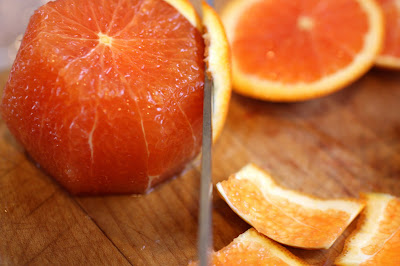 After flying London for years, I've always wanted to see the rest of the England. When my friends Meliora and Vic invited me to visit their home in Exeter, Devon last December, I didn't hesitate. One week before Christmas I left. It didn't matter that I hadn't shopped, decorated or planned Christmas dinner, all that mattered was the chance to visit England during December. It is one of the most lovely times of the year. One particular morning we left to explore Dartmoor.
After flying London for years, I've always wanted to see the rest of the England. When my friends Meliora and Vic invited me to visit their home in Exeter, Devon last December, I didn't hesitate. One week before Christmas I left. It didn't matter that I hadn't shopped, decorated or planned Christmas dinner, all that mattered was the chance to visit England during December. It is one of the most lovely times of the year. One particular morning we left to explore Dartmoor. We had lunch in a cozy pub. We feasted on a Ploughman's Lunch and Cups of Mulled Cider next to the fire. Warm and sated we headed up onto the moor.
We had lunch in a cozy pub. We feasted on a Ploughman's Lunch and Cups of Mulled Cider next to the fire. Warm and sated we headed up onto the moor. Wild ponies, and occasional blooming heather.......
Wild ponies, and occasional blooming heather....... and a view from the Tor that couldn't be beat.
and a view from the Tor that couldn't be beat. I decided to recreate this lunch on a cold New York Afternoon. I had last night's London Broil in the refrigerator, wedges of Buttermilk Blue Cheese from Wisconsin and a Double Creme Brie from France. I found a ripe avocado, cut a few sticks of fresh fennel and added dollops of Chile Pepper Jelly and Horseradish Sauce. I peeled a mandarin orange and tossed that with baby lettuce leaves in a Dijon vinaigrette. Garnished with last summer's oven roasted tomatoes and a few olives. It was better than the original. We enjoyed it with a glass of mulled wine and a baguette. Make up your own version with chicken, fish or even grilled tofu. It's a lunch designed to be hearty and filling. It's perfect after a day of skiing or walking the moor.
I decided to recreate this lunch on a cold New York Afternoon. I had last night's London Broil in the refrigerator, wedges of Buttermilk Blue Cheese from Wisconsin and a Double Creme Brie from France. I found a ripe avocado, cut a few sticks of fresh fennel and added dollops of Chile Pepper Jelly and Horseradish Sauce. I peeled a mandarin orange and tossed that with baby lettuce leaves in a Dijon vinaigrette. Garnished with last summer's oven roasted tomatoes and a few olives. It was better than the original. We enjoyed it with a glass of mulled wine and a baguette. Make up your own version with chicken, fish or even grilled tofu. It's a lunch designed to be hearty and filling. It's perfect after a day of skiing or walking the moor.  Horseradish Sauce
Horseradish Sauce1/4 cup mayonnaise
1/4 cup sour cream
1 teaspoon Dijon mustard
4 tablespoons horseradish, or more if you like it hot
sea salt
freshly ground pepper
Dijon Vinaigrette
1 tablespoon white wine vinegar
1 tablespoon Dijon mustard
3 tablespoons extra virgin olive oil
sea salt
freshly ground pepper
Combine the white wine vinegar and the Dijon mustard in a small, lidded jar. Shake well. Add the olive oil, salt and pepper and shake until thoroughly blended. Toss immediately with the salad.
1 tablespoon Dijon mustard
3 tablespoons extra virgin olive oil
sea salt
freshly ground pepper
Combine the white wine vinegar and the Dijon mustard in a small, lidded jar. Shake well. Add the olive oil, salt and pepper and shake until thoroughly blended. Toss immediately with the salad.
 Mulled Wine
Mulled Wine 1/4 cup sugar
1 bottle of red wine
a few slivers of lemon zest
10 whole cloves
cinnamon sticks
Place Lemon zest and cloves in cheesecloth and tie with string. In a 3 quart saucepan, stir together the sugar and red wine and the cheesecloth bundle. Heat to the boiling point. Let steep 5 minutes. Remove cheesecloth and pour into mugs. Garnish with a cinnamon stick.
All recipes and photographs are the sole property of The Gypsy Chef, unless otherwise credited.
































